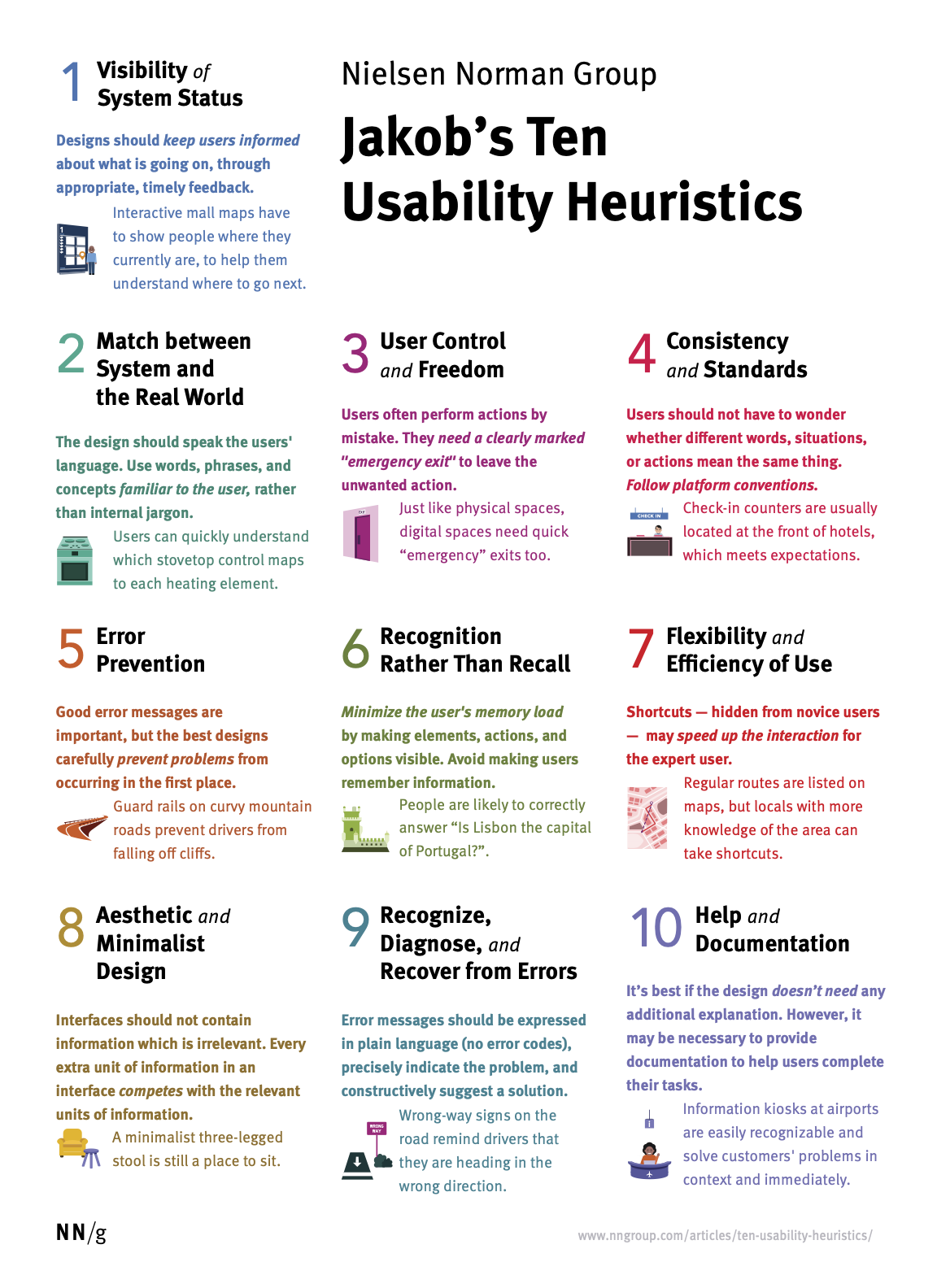Design Critiques
06 Apr 2022Successfully conducting a design critique is an essential skill for anyone who works in the technology industry. Design critiques can highlight areas of misalignment and also solicit ideas from a variety of viewpoints; it’s the earliest form of user testing, and it’s a way for a designer to improve their craft. Lastly, it is the single most important way for a non-designer to impact the design. Designers receive critical feedback in design critique that alters final design decisions, and without the vocabulary, eye and skill required participate in design critiques, one will not be able to voice their opinions on design strategy.
What is a design critique?
A design critique is when one or more people gather to analyze a design and provide feedback. Going into a design critique, it is important to know the intended audience, the objective of the design, where in the product the design exists, and how a user navigates to it.
Who should be invited to a design critique?
A diverse range of coworkers should be selected to give feedback. Product managers, engineers, researchers, marketers, and most importantly fellow designers should attend either a group or solo critique. Likely, the type of feedback a person provides will very closely come from their experience in their work.
General human interaction principles
Everyone who attends a desgin critique uses software and can speak to the “usability” of a design. Is anything confusing about this design? Are the icons meaningful, does the organization of the page make sense? Is the page so busy that it is difficult to focus on the task at hand?
Product principles
Product managers will likely give feedback across design and engineering principles, but their first concern is the business’s delivery of user value. They care whether the design not only achieve the object, but whether it achieved it well.
Engineering principles
Engineers care very deeply about how a design functions, since after the design is finalized, they will have to put the design into production. I once attended a design critique that was a failure because the designer had not thought about or designed for after a user clicked the buttons contained in the design. The engineers in the critique were frustrated - it felt like a major part of the design was missing. We were able to reset design, milestone, and critique expectations such that it didn’t happen again, but team morale after that meeting was not high.
User research and marketers
The user research and the marketing teams need to ensure that the design fixes the problem identified and that the design fits within the branding of the greater product and company. Those teams lead the research into the problem and market, and have an eye on user and market trends.
Graphic design principles
I have not worked with many graphic designers, but the ones I have worked with are a tremendous asset in design critiques. They tend to spike on a slightly different set of skills than user interaction designers: they are the experts on color, information organization, and focusing an eye. They will also be quite knowledgeable about branding, and generally very creative and innovative.
User interaction design principles
Lastly (and maybe most importantly for the designer presenting the design in the critique) user interaction designers attend design critiques. They give useful feedback for the designer to grow in their craft and improve the design at hand. They ensure that the design is consistent with the product’s greater design principles and makes smart use of an existing design library. Much of their feedback will follow the popular heuritstic evaluation framework:

Successful design critiques give feedback and move a design along in its journey to become part of the product. It aligns the team and gives everyone visibility into how a set of goals become a design, and it creates a formal space for people to elucidate potential blind spots in their areas of expertise. It’s collaborative, and fun!